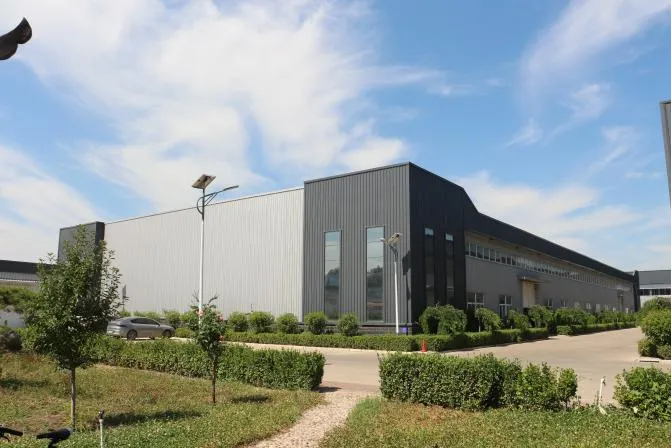
-
 Afrikaans
Afrikaans -
 Arabic
Arabic -
 Belarusian
Belarusian -
 Bengali
Bengali -
 Bulgarian
Bulgarian -
 Croatian
Croatian -
 Czech
Czech -
 Danish
Danish -
 Dutch
Dutch -
 English
English -
 Finnish
Finnish -
 French
French -
 German
German -
 Greek
Greek -
 hawaiian
hawaiian -
 Hebrew
Hebrew -
 Hindi
Hindi -
 Hungarian
Hungarian -
 Indonesian
Indonesian -
 irish
irish -
 Italian
Italian -
 Japanese
Japanese -
 Javanese
Javanese -
 kazakh
kazakh -
 Khmer
Khmer -
 Korean
Korean -
 Kyrgyz
Kyrgyz -
 Lao
Lao -
 Latin
Latin -
 Luxembourgish
Luxembourgish -
 Malay
Malay -
 Myanmar
Myanmar -
 Norwegian
Norwegian -
 Persian
Persian -
 Polish
Polish -
 Portuguese
Portuguese -
 Romanian
Romanian -
 Russian
Russian -
 Serbian
Serbian -
 Slovak
Slovak -
 Somali
Somali -
 Spanish
Spanish -
 Swedish
Swedish -
 Tagalog
Tagalog -
 Thai
Thai -
 Turkish
Turkish -
 Turkmen
Turkmen -
 Ukrainian
Ukrainian -
 Uighur
Uighur -
 Vietnamese
Vietnamese
نويابىر . 21, 2024 08:04 Back to list
children's bike sizing guide
A Comprehensive Guide to Children's Bike Sizing
Choosing the right size bike for your child is crucial for their safety, comfort, and enjoyment. A well-fitted bike enhances the riding experience, builds confidence, and allows children to develop their cycling skills more effectively. This guide will help you navigate the various sizing options for children's bikes, ensuring you make an informed decision.
Understanding Bike Sizes
Kids' bikes are typically categorized by wheel size, which ranges from 12 inches for toddlers to 24 inches for older children. The appropriate size often depends on the child’s height and inseam length, rather than just their age. It’s important to remember that every child grows at a different rate, so always prioritize their specific measurements when selecting a bike.
Measuring Your Child
1. Height Measurement Stand your child against a wall and mark their height with a pencil. Use a tape measure to get an accurate measurement from the floor to the mark. 2. Inseam Measurement Have your child stand barefoot with their feet shoulder-width apart. Measure from the floor to the crotch. This is your child’s inseam length and is crucial for determining the right bike size.
Wheel Size Chart
Here is a general guideline for kids' bike wheel sizes according to height
- 12-inch wheel For children 28 to 38 inches tall - 14-inch wheel For children 34 to 40 inches tall - 16-inch wheel For children 38 to 48 inches tall - 20-inch wheel For children 42 to 52 inches tall - 24-inch wheel For children 50 to 58 inches tall
These measurements are approximate, and it’s important to test the bike if possible
.children's bike sizing guide

Testing the Fit
When your child tries out a bike, they should be able to stand over the top tube comfortably, with at least one inch of clearance for smaller bikes and a couple of inches for larger models. While seated, their feet should be flat on the ground or reach the pedals with a slight bend in the knees. This ensures they have control and can stop safely.
Adjustments and Growth
Children grow quickly, and a bike that fits today may not fit in a few months. It’s wise to consider models that offer adjustable seats and handlebars. This will not only extend the life of the bike but also accommodate your child's growth.
Safety Considerations
Always prioritize safety gear when your child is riding. A properly fitted helmet is essential. Helmets should sit level on the head, not tilted back or forward, and should be snug enough that it doesn’t move when gently pushed. As for other protective gear, consider knee and elbow pads, especially for beginners.
Final Touches
Once you’ve determined the correct bike size, remember to involve your child in the selection process. Let them choose colors and styles that excite them. This empowerment can foster a positive association with cycling and encourage them to ride more frequently.
Conclusion
Selecting the right bike size for your child is fundamental in promoting a safe and enjoyable cycling experience. Engage in proper measurement techniques, reference sizing charts, and make adjustments as needed for their growing bodies. Always prioritize safety, and let your child's preferences guide the final choice. Ultimately, the right fit will lead to countless joyful rides and a love for cycling that can last a lifetime. Happy biking!
-
Premium Titanium Road Bike: Lightweight & Durable
NewsAug.01,2025
-
Red Black BMX Bike with GPT-4-Turbo AI Tech
NewsJul.31,2025
-
New Red Anti-theft E-Bike | Easy Ride City Commuter
NewsJul.31,2025
-
BMX 20 Inch Bikes for Freestyle & Street | Fat Tire Options Available
NewsJul.30,2025
-
322 High Quality 26 Inch 21 Speed Adult Mountain Bike OEM MTB
NewsJul.29,2025
-
Specialized Kids Mountain Bikes - Safe, Durable & Fun Riding Experience
NewsJul.29,2025

